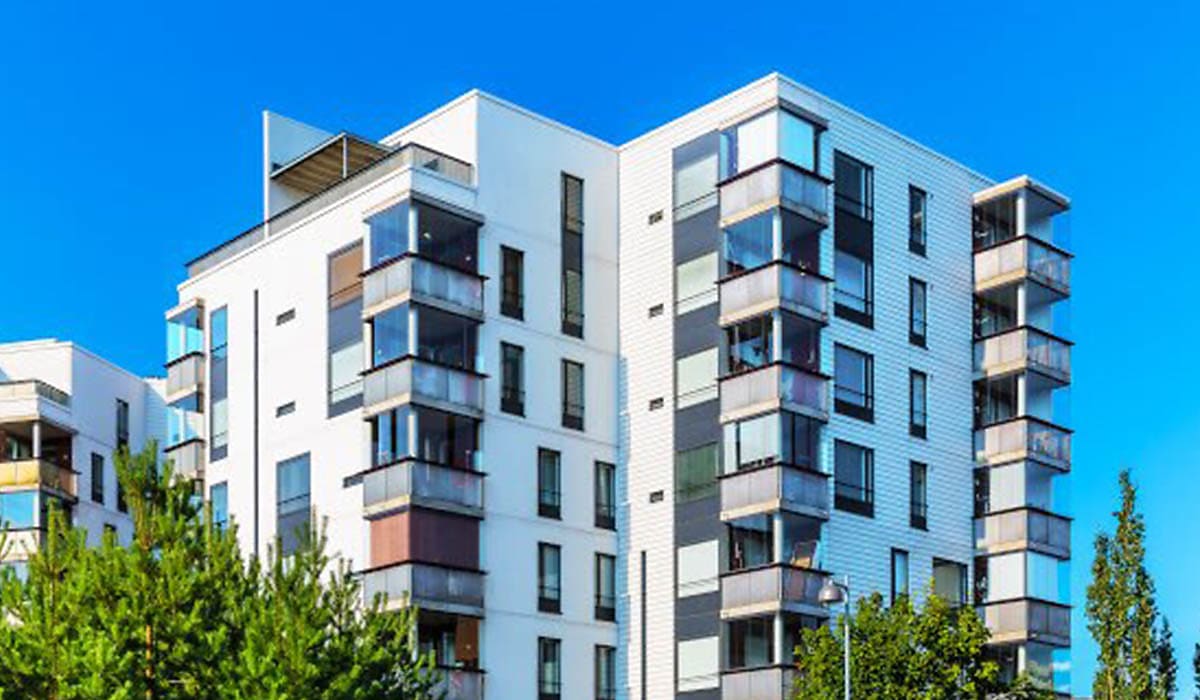Unit prices drop for the first time since 2023
For the first time in two years, unit prices in the combined capitals decreased during the March quarter, with Canberra and Melbourne experiencing the most significant decline.

Combined capital city unit prices decreased by 0.4 per cent over the March quarter, marking the first decline since 2023, according to Domain’s latest House Price Report.
The report indicated that the median unit price across combined capital cities decreased by $3,000 from the record high of last quarter, now at $670,205.
Despite the quarterly decline, units in combined capital cities saw a 3.2 per cent growth over the past 12 months.
In regional areas, unit prices rose by 0.8 per cent over the March quarter to $507,135, representing a 5.3 per cent year-on-year rise.
In comparison, combined capital city house prices rose by 0.7 per cent over the March quarter, marking the ninth consecutive and longest quarterly increase since 2012–15.
Domain’s chief of research and economics, Dr Nicola Powell, said the data showed the slowest annual gain in nearly 1.5 years for units.
“Several factors are behind the slowdown – interest rate cuts are expected to be gradual, affordability remains a major barrier, and lending conditions are still tight,” Powell said.
While the national median unit price dipped, the market varied across the different capital cities.
Perth, Canberra, Melbourne and Darwin in the red
For the first time in two years, Perth unit prices declined by 0.9 per cent or $4,700 to $508,367, ending the city’s seven-quarter growth streak.
Despite the slowdown in Perth unit prices, the Western Australian capital city recorded a 19.1 per cent increase in capital gains, the strongest across the country.
According to Domain’s data, unit prices in Canberra have fallen for a third consecutive quarter for the first time since 1994.
Unit prices in Canberra dropped by 5.7 per cent or $32,300 over the March quarter to $531,784.
Annual declines in Canberra deepened with unit prices falling by 10.6 per cent, marking the sharpest drop in 30 years.
The data showed that Canberra’s unit median price now sits at a four-year low, making it the third most affordable capital city for units, $97,200 below the peak reached in September 2023.
Similarly, Melbourne unit prices dropped by 3.2 per cent, or $18,100, over the March quarter to $550,022, recording the sharpest quarterly decline in two years and halting the city’s recovery.
Annual declines in Melbourne have hit their steepest point since June 2023 at -3.6 per cent.
Houses in Melbourne have outperformed units for two straight quarters, pushing the price gap to its widest in two years, with houses now costing 88 per cent more than units.
Darwin unit prices dipped slightly in the March quarter by nearly $300 or 0.1 per cent to $352,441, reversing the positive growth from the previous quarter.
The Northern Territory capital has been holding steady with annual declines reaching -3.6 per cent and unit prices sitting $134,000 below their 2016 peak.
Sydney, Brisbane, Adelaide, Hobart in the black
At the other end of the spectrum, Hobart experienced the highest quarterly price growth for units, recording a 6.6 per cent increase to a median unit price of $555,609.
In total, Hobart unit prices grew by $34,200 over the March quarter, recording the strongest quarterly growth in almost four years, placing the city as the fourth most expensive capital for units nationwide.
Sydney’s unit prices grew for the third consecutive quarter, with the March quarter recording a 0.4 per cent increase to $823,4670.
Despite recent growth, annual gains have slowed to 1.8 per cent, the weakest in nearly two years.
Sydney houses have continued to outperform units for the second consecutive quarter, creating the largest price gap on record, with a house now costing 105 per cent more than a unit.
While unit prices in Adelaide increased by only $500, or 0.1 per cent, over the quarter, median unit prices reached a record of $557,957, surpassing those of Melbourne and Canberra.
Domain’s data showed that Adelaide has now become the third most expensive capital city for units.
Despite the marginal quarterly increase, unit prices in Adelaide remain strong with a 14.3 per cent year-on-year growth.
Brisbane continues its ascension as a top market with unit prices increasing for the 16th consecutive quarter, the longest uninterrupted growth streak.
While unit prices rose by $13,300 or 2.1 per cent in the March quarter, growth has slowed to about two-thirds of the previous quarter’s rate, marking the slowest quarterly increase in two years.
Despite the slowdown, Brisbane unit prices have recorded a 16.2 per cent yearly increase.
According to Powell, global uncertainty and foreign policy stance could impact the property market in the next couple of months.
“With consumer sentiment at a six-month low, another strong price surge is unlikely until we see a real improvement in home loan affordability.”
“That said, it could be a window of opportunity for buyers, particularly with both major parties proposing new support for first home buyers ahead of the election,” Powell concluded.
